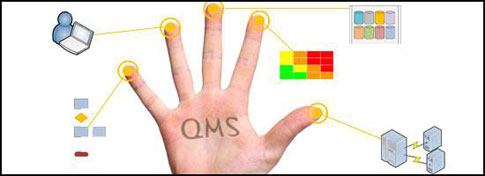Seems like the “next best thing” is always coming out. I’m not one of those people who miss the good old days; I always marvel at what we have in the modern world. I feel like TV shows have gotten better, consumer products are better, my kid’s toys are cooler, and technology is smarter and sleeker than ever. For business systems, this tends to hold true in some instances.
|
ADVERTISEMENT |
I think demand in the B2B world is slightly more reserved than consumer demand, so you don’t see the adoption curves go quite as steep. However, enterprise systems have taken a leap; it was only 15 years ago we were all on client-based systems. Now, it's all web-based, and all integrated at some level. A few industries are still catching up, but for the most part, enterprise systems are beginning to come into their own.

…
Add new comment